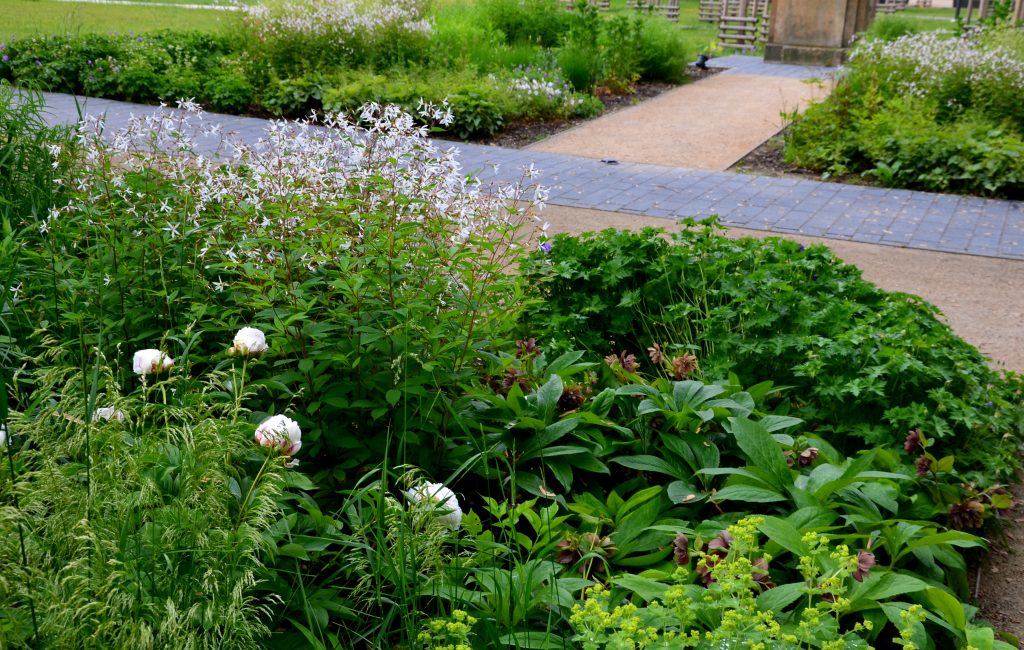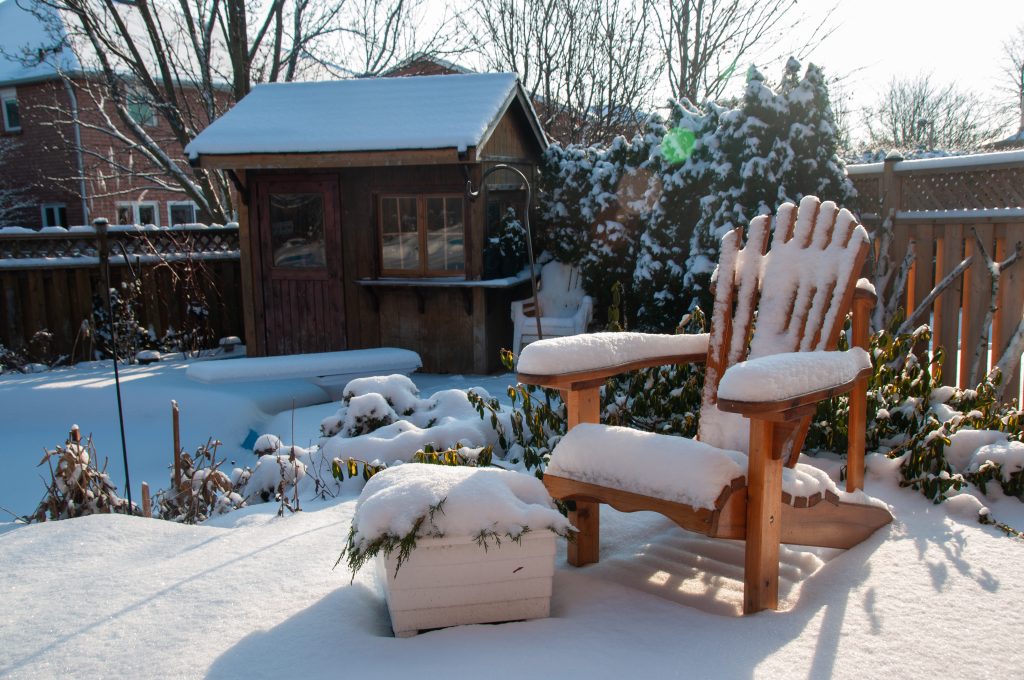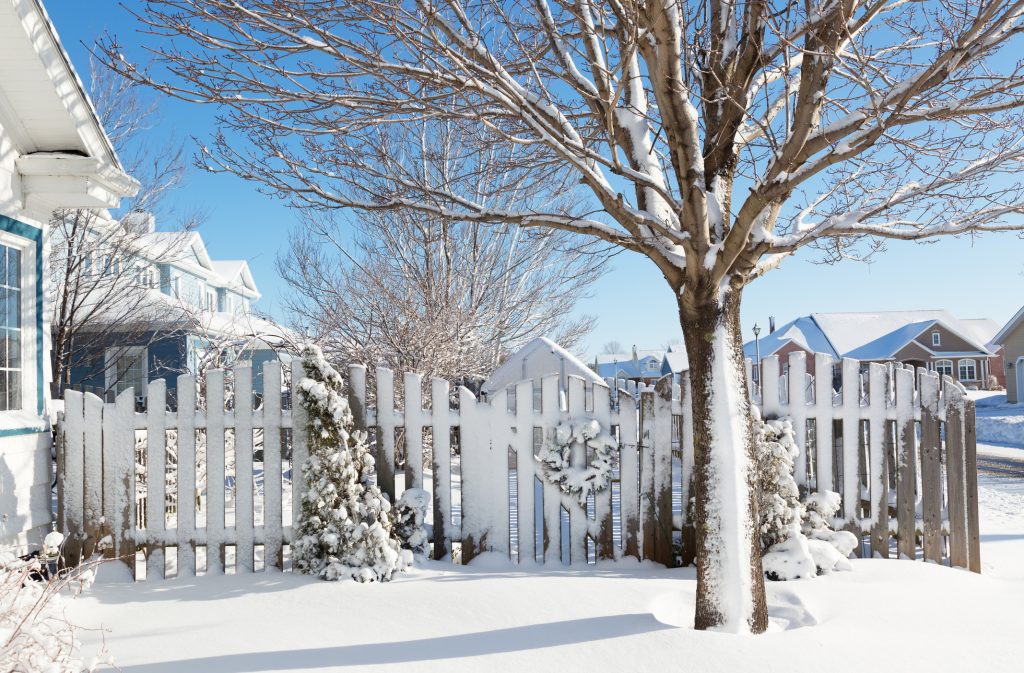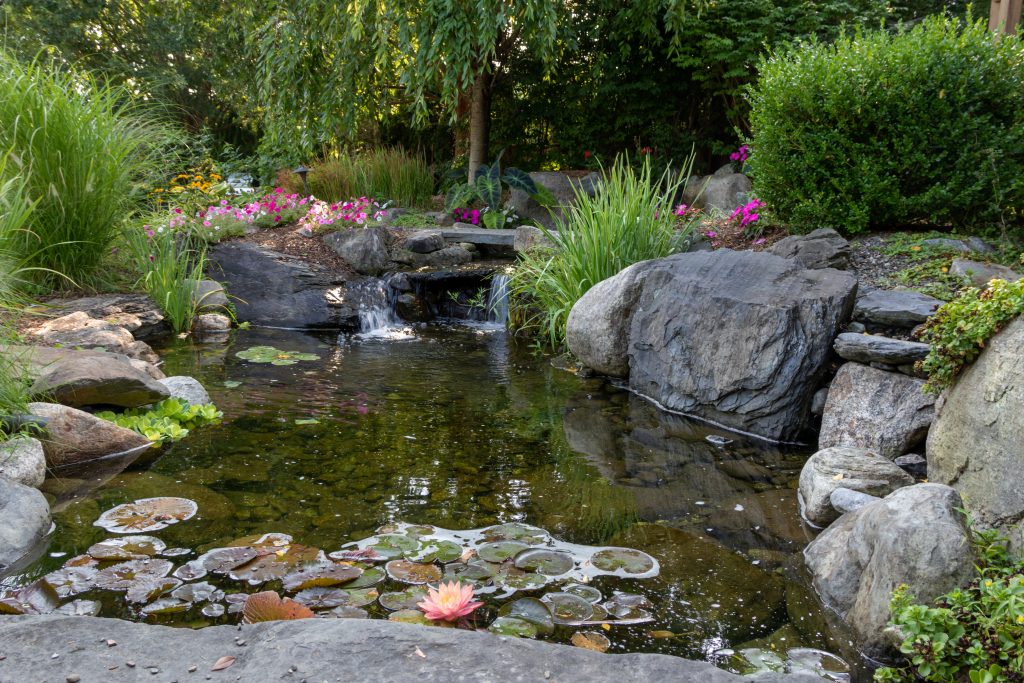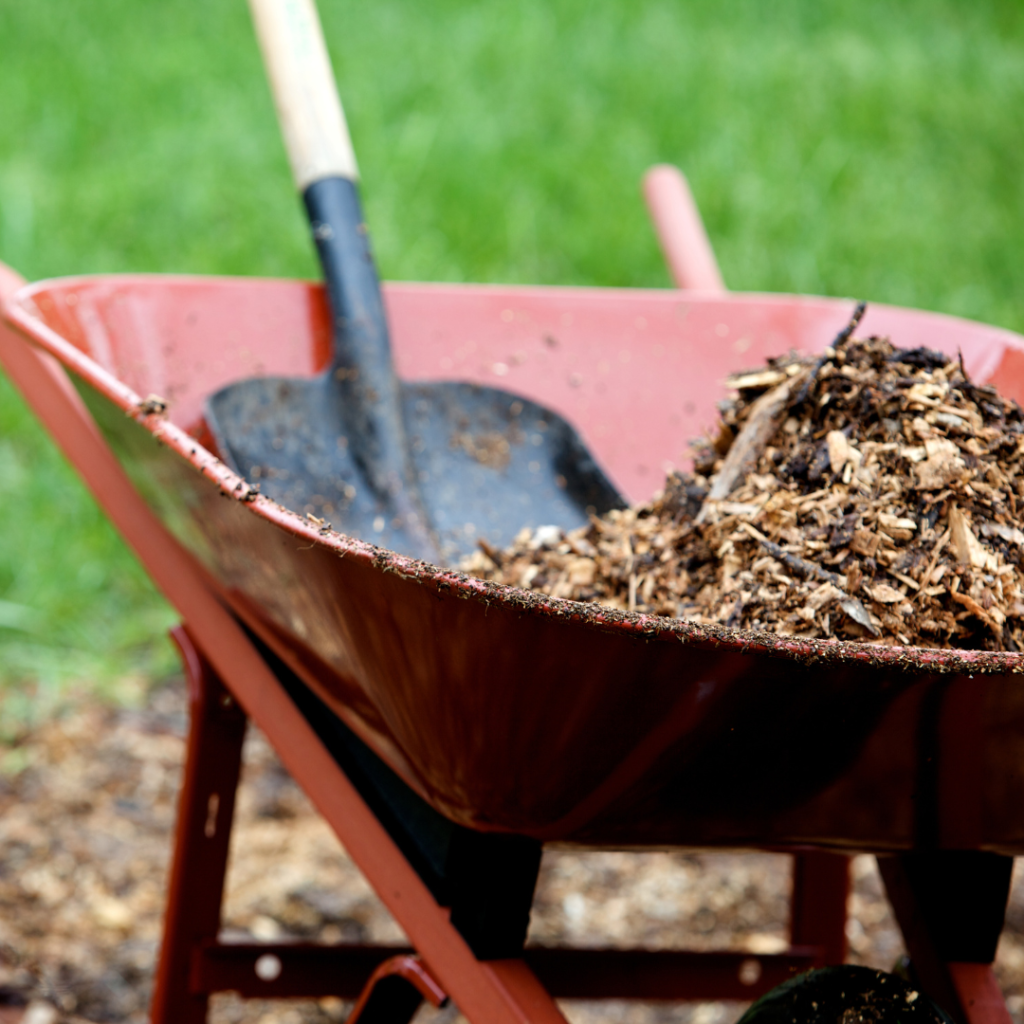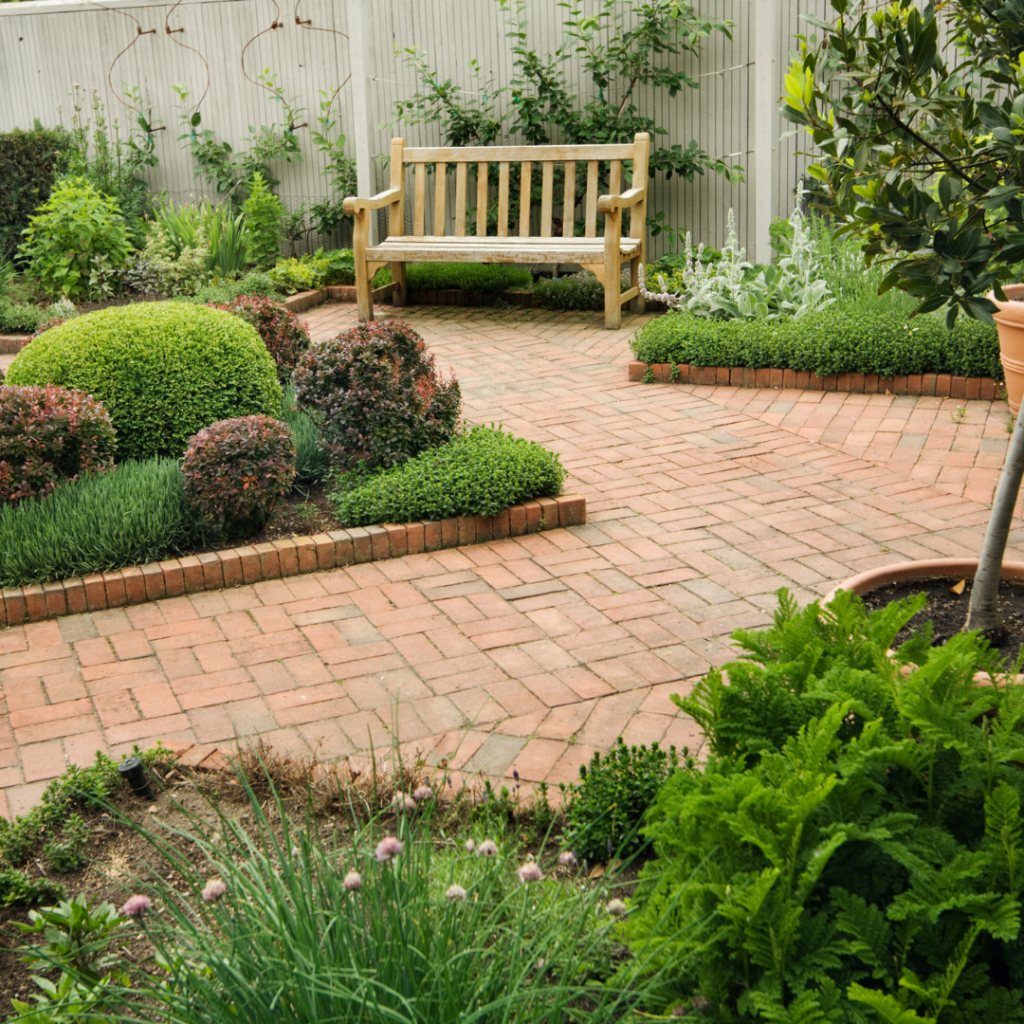Functional Landscaping is key in transforming your outdoor space. Landscaping projects are exciting for homeowners— you get the chance to craft a vision for your place and elevate its beauty. Transforming your outdoor space is usually motivated by a desire to improve its aesthetics, but beyond that, landscaping changes can also serve functional purposes. This includes any backyard improvement that is not only visually appealing but also makes your life as a garden owner much easier. Giovine Landscaping has compiled a list of several functional landscaping techniques that you can implement in your own outdoor building process!
Utilizing Trees For Shade
Trees not only fill up your outdoor space with stunning greenery and other colors throughout the seasons, but they also provide shade. Planting trees can help reduce air conditioning costs, so cleverly incorporating them into your backyard layout can serve you greatly. For instance, using deciduous trees will block large amounts of solar heat in the summer, but allow it to enter in the winter.
Living Fences
Planting a line of trees at the perimeter of your yard creates a barrier of privacy for your home, called a living fence. Evergreens are the optimal choice for year-round protection. It is important to consider how tall and wide certain varieties grow to determine if it will be an adequate fit for the job. Arborvitae (Thuja occidentalis) is an excellent selection, growing 10 to 15 feet tall and four to five feet wide. However, different homes may have different privacy screening needs, which could also be dependent on the season. Shrubs like azaleas, forsythia, and lilac can make your living fence a more vibrant spectacle. At the same time that these natural barriers increase a home’s privacy, they can also block prevailing wind by either slowing it down or changing its course.
Pathways
The value of pathways is often underestimated, but their design plays an integral role in the overall functionality of your garden. Pathways are an important piece of infrastructure that let you traverse your outdoor space. Homeowners must think about the exact location, material, and shape of their pathway so that it can aid them most in their daily routine. This means there is much room for creativity when making your selection, and your backyard paths can look visually stunning while still being practical. Maintaining the practicality of your pathway also involves making sure water does not pile up around it when it rains. As such, consulting a landscaping contractor to help you set up a proper drainage system is in your best interest.
Mulch
Mulch will be your best friend when it comes to keeping your plants and trees healthy. It is multifunctional, being useful for moderating soil temperatures, reducing heavy raindrop impact on soil, and suppressing plant diseases and weed growth. Mulch is any material that is placed atop soil to act as a covering. There are several organic and inorganic choices of mulch, but the former can break down and provide the soil structure and nutrients in the process. Some types of organic mulches include chipped wood, shredded leaves, and pine needles. These are applied two to three inches deep around the plant or tree, and with time, will contribute to a more beautiful garden.
Rain Barrels
As you sustain your backyard plant life, harvesting rainwater can be the best way to save resources. Many gallons of usable water fall during a rainstorm, so obtaining infrastructure that can collect this untapped resource is highly beneficial. Rain barrels come in varying materials and sizes, per the homeowner’s needs, and they are always placed beneath a downspout closest to where they will be most useful in the garden. Be mindful— the United States Environmental Protection Agency (EPA) states to be cautious if you plan on using rain barrel water on edible plantings as collected rainwater may pick up pollutants as it travels from the roof. Nonetheless, it can be a great addition to your home landscape that only makes backyard upkeep easier.
Now that you’ve learned several functional landscaping ideas, you can begin planning how these techniques can be implemented in your own space to ensure it is both attractive and efficient. It is never too late to incorporate any of these strategies into your gardening practices, and luckily, there are experts at your disposal to help guide you with any decisions you are considering. From mulching to pathway-building, the contractors at Giovine Landscaping have you covered. Call us today!
